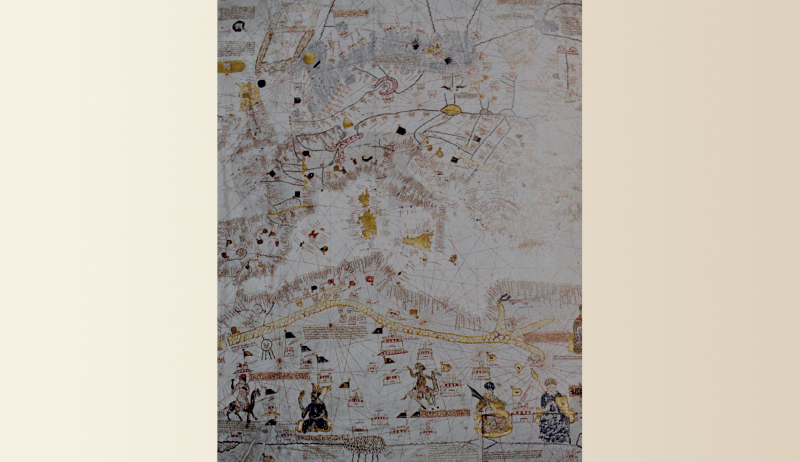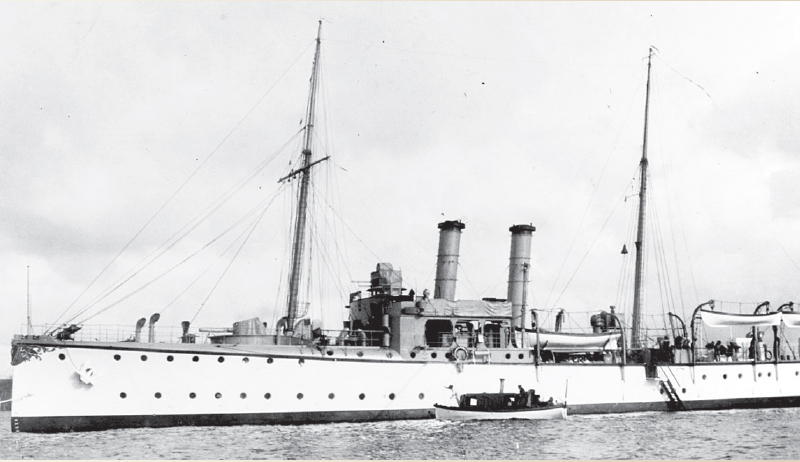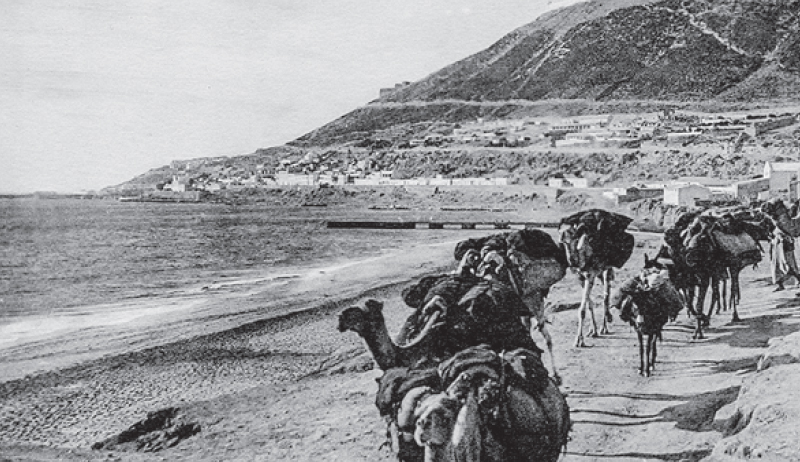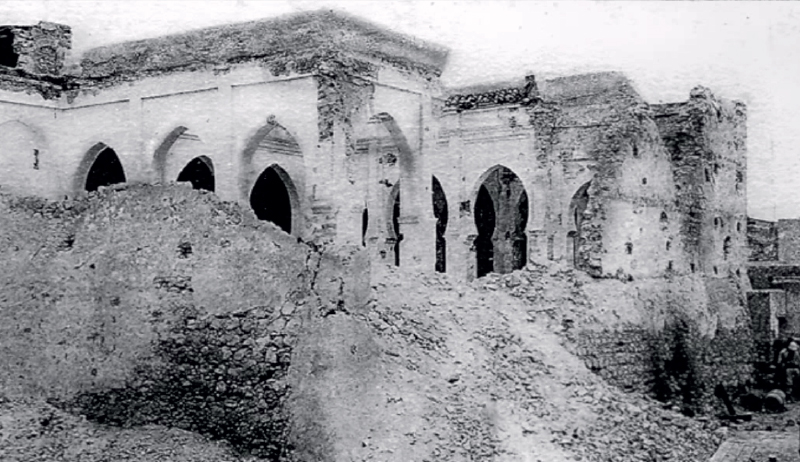Agadir Oufella at the crossroads of empires







Since the 16th century, the history of Agadir Oufella has been linked to the confrontation of great empires trying to control a link between the continental riches of the Western Sahara and
the great wealth of the Atlantic trade.
The history of the site seems to have started in 1505 (Hegira 91), when Joao Lopes de Sequeira obtained the support of the King of Portugal to build, at his expense, a small fort in “Guadanabar", a sixteenth century distortion of the local name. Renamed Santa-Cruz do Cabo de Gué d’Agoa de Narba, the Portuguese settlement attracted strong local resistance ted by the Sherif of Drâa, Abou Abdallah al-Qaim, one of the founders of the Saadian dynasty, who first attacked Santa-Cruz in August 1511 (H 916).
Nearly thirty years of fighting ensued on this strategic site for Saharan trade. In 1513 (H 919), the King of Portugal bought the castle, enlarged it and strengthened the fortifications. In 1525
(H931), Mohamed Ech Cheikh es Saadi, son of Abu Abdallah al-Qaim and now Sherif of the Souss and master of Marrakech, ordered a new assault, to no avail. Seven years later, he decided to build a fort on the mountain overlooking Santa-Cruz to enforce a blockade on the small Portuguese city: the citadel was born.
It was not until 1540 (H. 947) that Mohamed Ech Cheikh es Saadi finally mustered enough resources to drive out the Portuguese. After a long siege and a delicate assault, the city of Santa-Cruz was taken by Saadian troops the next year.
Under the Saadian, an important chapter in the history of Morocco, and until 1637 (H 1046), Agadir was a major hub in the Trans-Saharan trades caravan. Sugar from the nearby Souss, in particular, was much prized. In 1572 (H 979), learning that the King of Portugal was once again arming a fleet in Lisbon, Sultan Moulay Abdallah strengthened his position by building an important Kasbah on the hill top.
The Kasbah at the heart of historica dynasties (16-19c)
In 1636, Sidi Ali, master of Tazeroualt and in recent control of the Souss, confronted the Saadian sultan and laid siege to Agadir. The following year, he revived maritime trade by seizing the Kasbah. His successors held the port and the stronghold of Agadir until 1670, when Moulay Rachid, the first 'Alawi Sultan, seized control of the fortress before establishing his definitive authority over the region. The port experienced increased activity, but was partially destroyed by the earthquake of 1731. The fortress was then rebuilt in 1743 with, it seems, the support of the Dutch East India Company.
In 1764, Sidi Mohamed ben Abdallah, 'Alawi Sultan, decided to concentrate commercial activities in the new, fortified port of ‘’Mogador’’. The inhabitants of Agadir were summoned to move to the new city in 1764 and the port closed the next year. Ultimately, all foreign ships were barred from mooring in 1776. The fortress and the port were abandoned for Essaouira, plunging the city into long abandonment and depopulation.
After more than a century, 1881 Sultan Moulay Hassan again authorised anchorage in the bay, in particular to supply the two great expeditions of 1882 and 1886, but Agadir didn't really take off again until the early 20th century.
Agadir as focus of western imperialist rivalries (20c)
Coveted by European imperialists, Agadir made world headlines in 1911, when the German Empire sent the SMS Panther gunboat.
Two years later, French troops bombarded, overcame, and then took over Agadir Oufella to establish themselves in the area. The Kasbah had housed about a thousand people, then became French military command for the conquest of the Souss and the confines of the Sahara, and the fortress was restored and refurbished. It was then classified as national heritage of Morocco in 1932, then in 1944.
On February 29, 1960, the fortress was over 90% destroyed by a devastating earthquake. Ruined buildings were razed, and only the southern wall has resisted and witnessed to past grandeur.